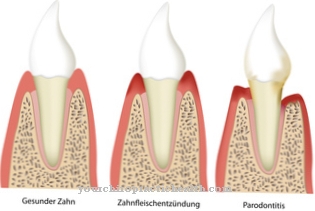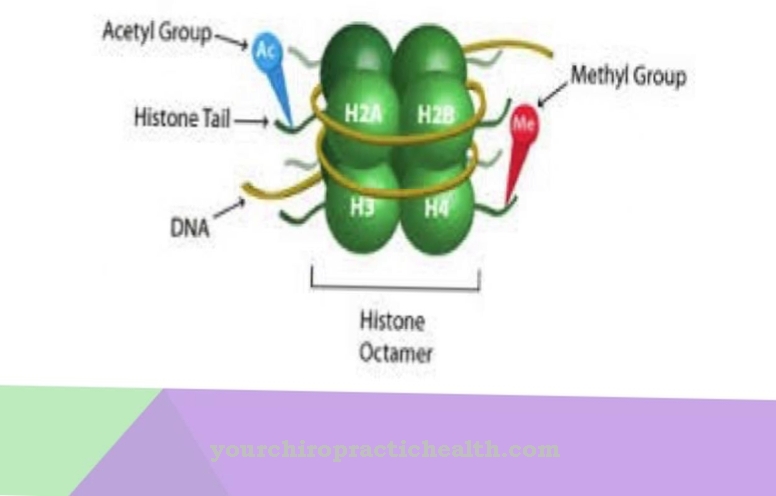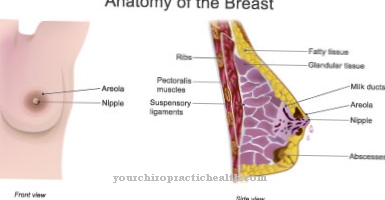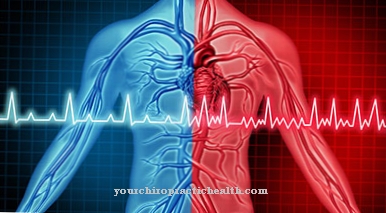Of the Teres minor muscle is a skeletal muscle that belongs to the shoulder muscles. It forms part of the rotator cuff that holds the upper arm bone (humerus) on the shoulder. Damage to the teres minor muscle or its nerve can affect the stability of the cuff and increase the likelihood of the shoulder dislocating (dislocation).
What is the teres minor muscle?
The teres minor muscle is a striated skeletal muscle that is subject to the voluntary control of humans. It extends between the edge of the shoulder blade and the humerus and is part of the rotator cuff (muscle-tendon cap) that attaches the humerus to the shoulder and stabilizes the joint.
The shoulder joint needs this additional hold because it only has a relatively flat joint socket from which the joint head can easily jump out. Dislocations (dislocations) are therefore particularly common in this joint. Together with the teres major muscle, the teres minor muscle also encloses the axillary gap. It is also known as the small round muscle and is part of the shoulder muscles. Above it lies the deltoid muscle (Musculus deltoideus), which extends as a triangle between the collarbone, shoulder blade and humerus.
Anatomy & structure
The teres minor muscle arises from the shoulder blade, where the lateral margin of the scapulae represents the outer edge of the bone. On the upper arm, the muscle attaches to the humerus. There is a larger protrusion laterally in the bone, which anatomy calls the greater tuberosity of the humerus.
This is also where the infraspinatus and supraspinatus muscles come in, which, like the teres minor muscle, belong to the rotator cuff. The fourth muscle of this unit is the subscapularis muscle; However, this does not start at the greater humerus tubercle, but at the lesser tuberosity, a smaller protrusion of the humerus. Between the two protruding bones there is a pit in which the tendon of the biceps brachii muscle is held.
The teres major or large round muscle is also important for the stability of the shoulder. Like the teres minor muscle, it is also responsible for a number of arm movements. The teres minor muscle receives the command to contract via the axillary nerve, which also innervates the teres major muscle and the deltoideus muscle.
Function & tasks
The teres minor muscle is a striated muscle and consists of a large number of muscle fibers that are in turn grouped into bundles. A muscle fiber represents a muscle cell, but in contrast to other cells it contains several cell nuclei, since the classic unit with a nucleus in a membrane-covered cell does not exist in muscle tissue. Instead, the fine structure within the muscle fiber forms myofibrils that run lengthways through the fiber.
Their transverse sections (sarcomeres) are characterized by an alternation of actin / tropomyosin filaments and myosin filaments. Z-disks separate the sarcomeres from one another. When the muscle contracts, the fine filaments of the striated muscles push into one another; the myosin filaments have heads with which they can dock on the complementary filament. When they then fold over, they pull the filaments together and thereby shorten the length of the muscle fibers.
This process is made possible by calcium ions that come from the sarcoplasmic reticulum. The sarcoplasmic reticulum is a system of tubes that surrounds the myofibrils in the muscle fiber. When an electrical nerve signal (action potential) reaches the muscle, it first crosses a synapse and triggers what is known as the endplate potential in the muscle: an electrical charge shift in the muscle cell. This endplate potential spreads through the sarcolemma, T-tubules, and finally the sarcoplasmic reticulum.
Nerve cells, whose job it is to control muscles, are called motor neurons. They stimulate not just a single muscle fiber, but several at the same time. The ratio varies from muscle to muscle: fine movements require a lower ratio than rough ones; For example, one motor neuron on the biceps stimulates around 700 muscle fibers.
Contractions of the teres minor muscle contribute to various arm movements. The muscle is active when a person pulls the previously splayed arm back towards the trunk (adduction) and when he turns it outwards (external rotation). In addition, the teres minor muscle participates in retroversion; this movement stretches the arm back away from the body.
You can find your medication here
➔ Medicines for joint painDiseases
Often, complaints related to the teres minor muscle arise in connection with problems with the rotator cuff. A rotator cuff tear is a tear in the tendons that attach the muscles in the cuff to the bone. In principle, both a single tendon and several tendons can tear at the same time. The tendon of the supraspinatus muscle is particularly often affected.
Functional impairments of the teres minor muscle can also result from lesions on the axillary nerve, which supplies the muscle with neuronal signals. A possible cause of damage to the axillary nerve is a fracture of the upper arm at the collum chirurgicum. This point breaks particularly easily and can also damage the axillary nerve. A lesion of the nerve is also possible during bone healing: In order to repair the break, the body forms new bone tissue, which forms a callus over the break point.
In addition, dislocation can damage the axillary nerve if it overstretched when the joint was dislocated. In both cases, the impairment of the axillary nerve means that the nerve pathway no longer supplies the teres minor and other muscles with motor signals as usual.


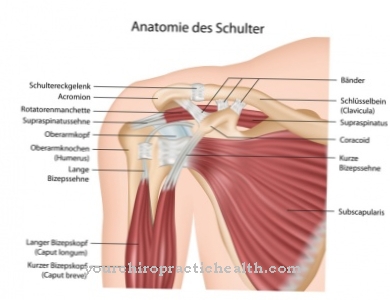


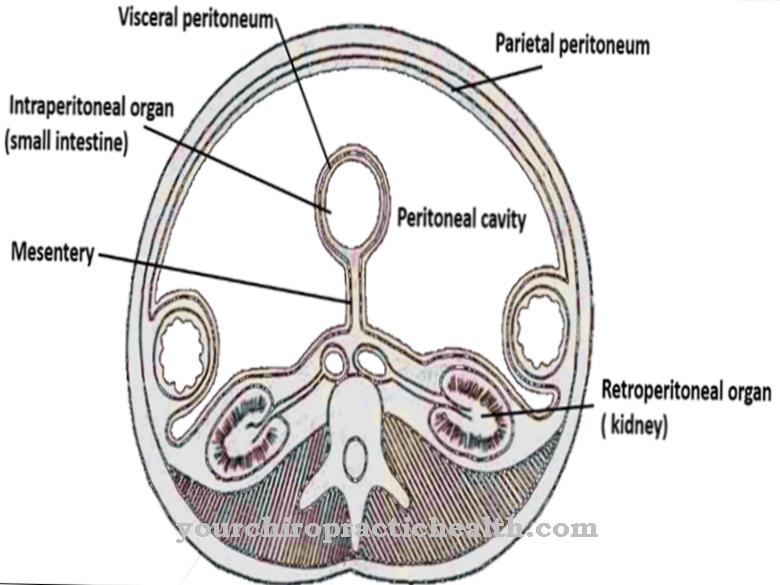


.jpg)


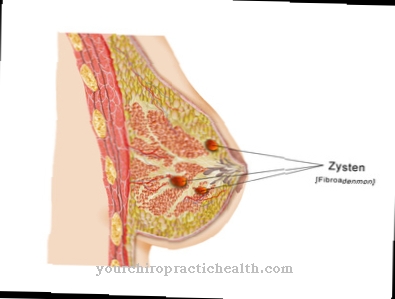

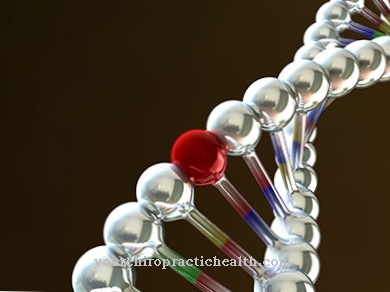

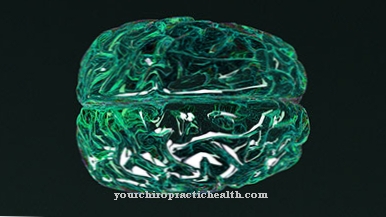
.jpg)



.jpg)
